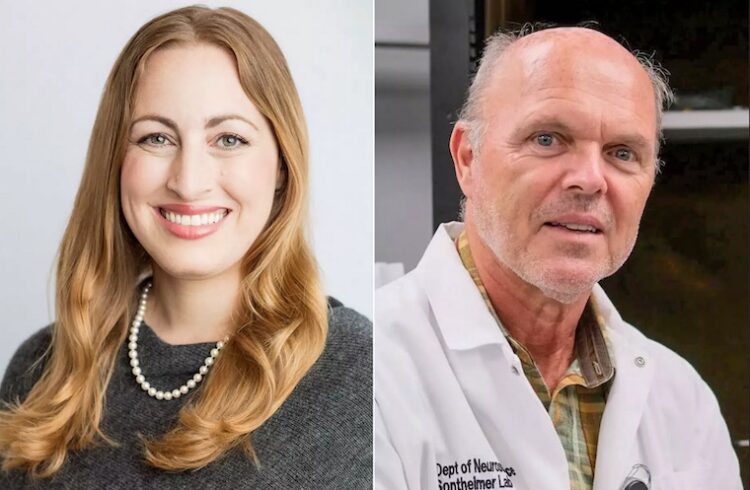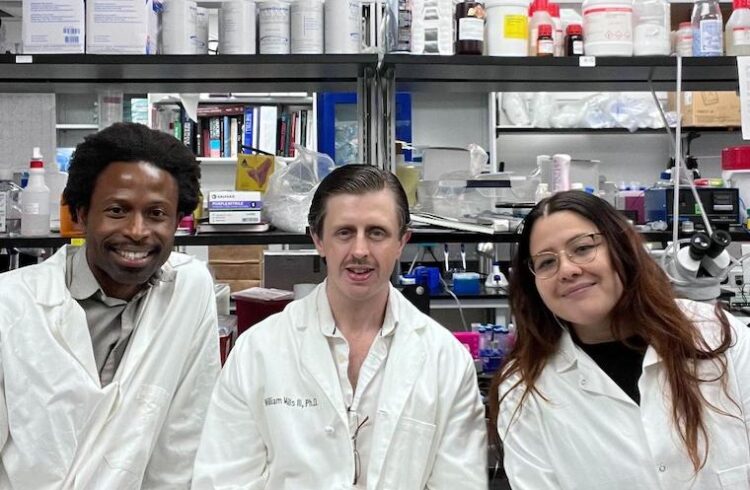
When working with needles, healthcare workers always have to be concerned about contracting a life-altering or even life-threatening infection from HIV, hepatitis B or hepatitis C. But after 20 years of intense regulatory and legislative activity and innovative changes to the design and handling of needles, U.S. healthcare workers are now significantly safer from needlestick injuries, according to a new study from the University of Virginia International Healthcare Worker Safety Center.
“Since the U.S. Needlestick Safety and Prevention Act was passed in 2000, American healthcare workers have benefited from an unprecedented level of protection from occupationally transmitted diseases,” says Janine Jagger, M.P.H., Ph.D., director of the Center and co-author of the study published in the December 8 issue of the Journal of Infection and Public Health.
“This is a very significant advance and a remarkable public health success story,” says Elayne Phillips, M.P.H., Ph.D., assistant professor in the UVA School of Medicine and director of research for the International Healthcare Worker Safety Center, who co-authored the study with Jagger.
Researchers analyzed 12 years of needlestick injury data (1993-2004) from a large network of U.S. hospitals and found a 34 percent decline in needlestick injury rates for U.S. healthcare workers overall and a 51 percent decline for nurses, who handle needles most frequently in healthcare settings. And while the needlestick law wasn’t passed until 2000, Jagger and colleagues spent many years preceding its passage lobbying for stronger regulations.
For the last 20 years, Jagger has been a leading advocate not only for legislation but also for the development of safety-engineered medical devices to protect health workers. Such safety devices incorporate shielding, retracting or blunting features that protect workers from contaminated sharp devices.
In this study, researchers found that significant reductions in U.S. sharps injury rates were observed only after safety devices became the predominant technology. Furthermore, the passage of the law requiring the use of these safety devices was critical to their widespread adoption.
Exposure to patients’ blood and body fluids through needlesticks and other sharp medical devices is the most potentially life-threatening risk healthcare workers face in the course of their work. Even the anxiety that follows such occupational injuries – as workers wait for HIV or hepatitis test results – can have an adverse impact on their professional and personal lives.
The study also found that the largest reductions in injury rates were for two devices with the highest risk of transmitting infections. These two high-risk devices, phlebotomy needles and I.V. catheter needles, showed reductions of 59 percent and 53 percent respectively.
The Centers for Disease Control and Prevention estimates that U.S. healthcare workers sustain an estimated 384,000 needlestick injuries each year. According to figures from the World Health Organization, nearly three million healthcare workers worldwide are exposed to bloodborne diseases in the course of their work every year, resulting in as many as 15,000 hepatitis C infections, 70,000 hepatitis B infections and 500 HIV infections annually. More than 90 percent of these occupational infections occur in developing countries – precisely where health workers are scarcest.
Jagger and Phillips strongly advocate that other countries adopt needlestick safety regulations. “Healthcare workers in the poorest countries, whose lives are at greatest risk, should be afforded the same level of protection as those in the U.S.,” says Jagger
The UVA International Healthcare Worker Safety Center seeks to reduce life-threatening occupational infections from bloodborne diseases by working towards a global standard for healthcare worker protection. The Center has been a national and international advocate for nearly two decades for safer medical devices, equipment and practices that protect healthcare workers from infectious diseases.
The article can be accessed on-line at: http://www.sciencedirect.com/science/journal/18760341.


